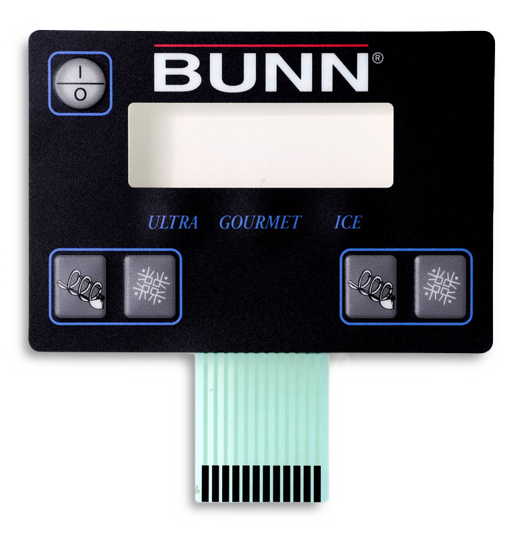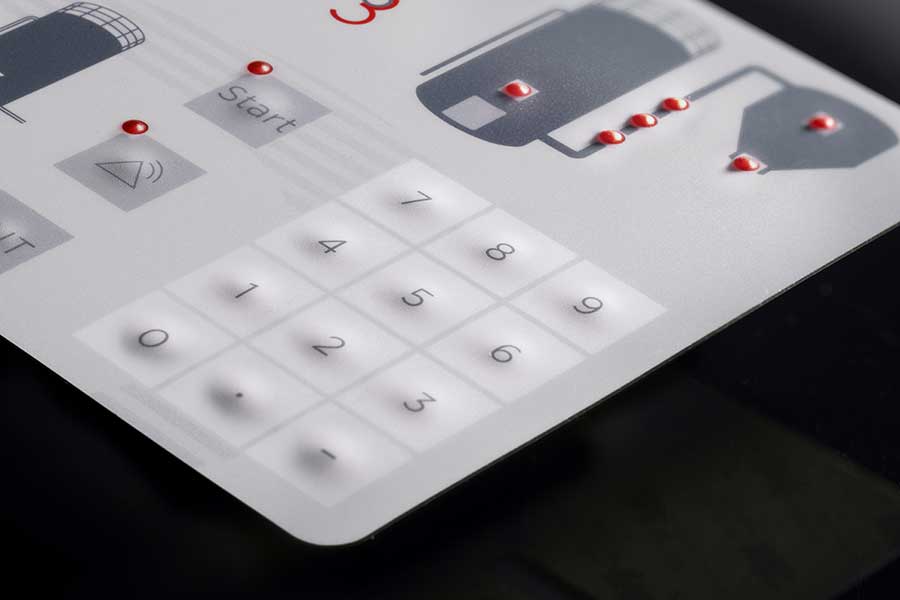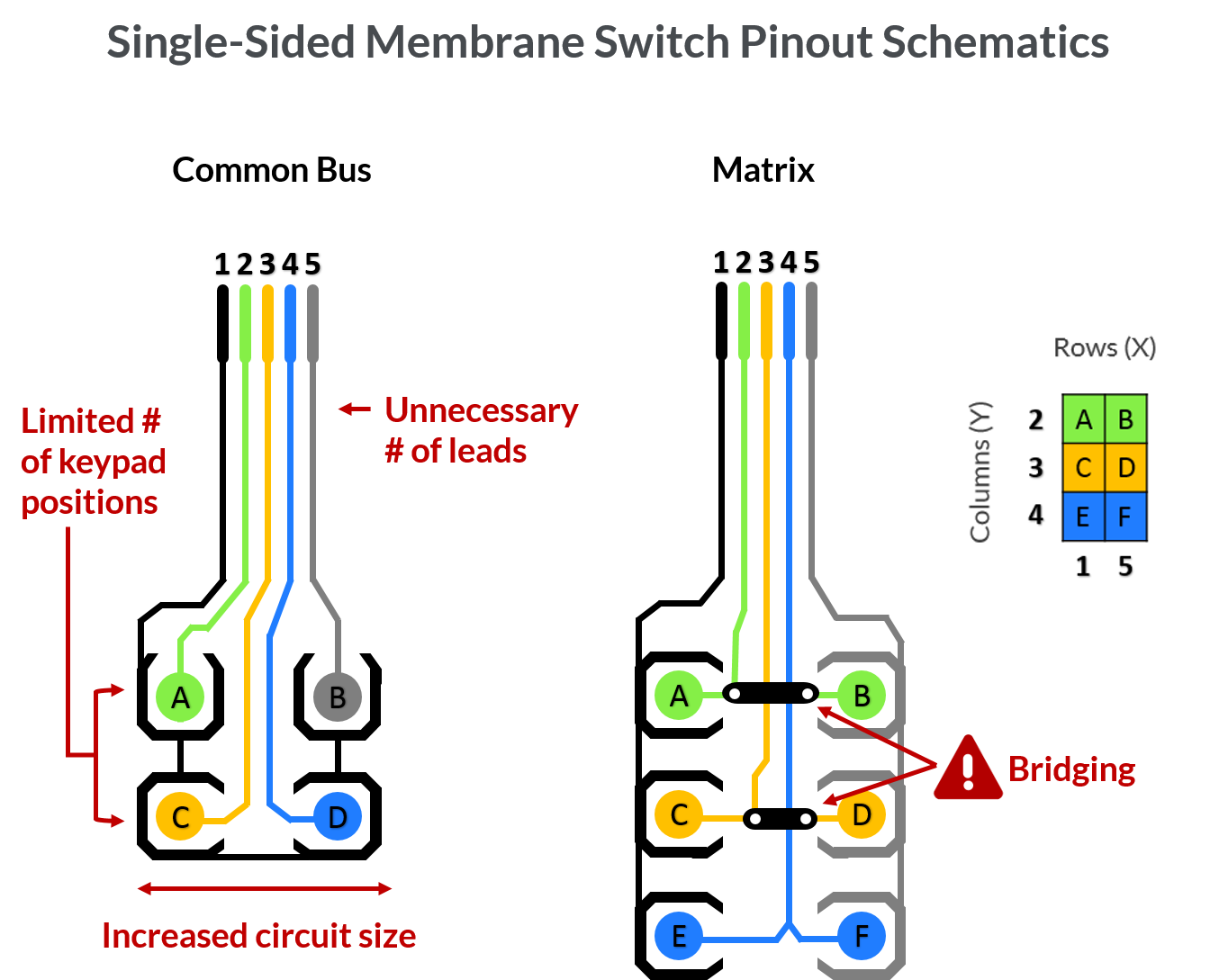Membrane Switches: The Best Choice for Compact and Reliable Controls
Understanding the Relevance of Membrane Switches in Interface
Membrane switches are indispensable components in the layout of efficient interface, assisting in not only capability however additionally enhancing visual allure and individual interaction. Their unique functions, such as resistance to environmental aspects and customizable styles, make them appropriate for a diverse range of applications throughout numerous industries. As we explore the various benefits and future trends associated with Membrane innovation, it becomes clear that these switches are more than simply components; they stand for a convergence of development and functionality. The ramifications of this modern technology on individual experience are worth taking a look at better.
What Are Membrane Switches?

The spacer layer, which contains glue properties, permits the splitting up of the circuit layer from the overlay, making sure that the switch stays in a non-activated state up until pressed. When stress is related to the overlay, it presses the spacer layer, connecting the space and finishing the circuit in the underlying layer. This style not only minimizes the physical area required for typical mechanical buttons but additionally boosts the sturdiness of the tool, as Membrane switches are normally resistant to dust, wetness, and other ecological elements.
Commonly located in applications ranging from customer electronics to clinical devices, Membrane switches are indispensable to contemporary technology, supplying a easy to use and reliable interface that straightens with modern design demands.
Advantages of Membrane Buttons
While various button technologies exist, Membrane Switches offer unique benefits that make them particularly preferable in various applications. One of the key benefits of Membrane buttons is their portable design, which permits for space-saving implementations in devices where property is restricted. Their slim profile not just improves aesthetic allure however likewise promotes lightweight building and construction.
Another significant advantage is their resistance to ecological factors. Membrane switches are commonly sealed versus moisture, dust, and pollutants, making them ideal for use sought after settings, such as clinical tools and industrial equipment. This longevity extends the life expectancy of the button, lowering upkeep prices and enhancing reliability.
Furthermore, Membrane switches can be personalized to fulfill details layout requirements, incorporating distinct graphics and colors that enhance user interaction. Their tactile feedback options can also be tailored to provide a rewarding user experience. Additionally, Membrane switches are cost-efficient, specifically in high-volume applications, as they can be generated successfully.
Applications in Different Industries

In the customer electronic devices sector, Membrane switches prevail in gadgets such as microwaves, washing equipments, and push-button controls. Their tactile responses and visual options enhance customer experience while offering a sleek, contemporary look. Furthermore, automotive suppliers utilize Membrane switches in control panel controls and infomercial systems, where area is restricted, and individual interaction is crucial.
Moreover, the industrial sector leverages Membrane switches in control panels for equipment and devices, permitting for user-friendly procedure in typically rough atmospheres. Their resistance to chemicals and dampness ensures durability and integrity in these applications. In general, the flexibility of Membrane Switches contributes considerably to their prevalent use, making them vital in numerous technological domains.
Style Factors To Consider for Membrane Switches

When creating Membrane buttons, numerous crucial factors to consider must be taken into account to make sure ideal capability and customer experience. To start with, the selection of products is critical; selecting resilient, premium substrates can enhance the switch's longevity and resistance to environmental factors such as moisture and temperature fluctuations.
Secondly, the design of the graphic overlay need to focus on clearness and simplicity of use. Icons and text must be understandable, and the format must assist in intuitive interaction (membrane switches). In addition, responsive feedback is essential; including a responsive dome or various other systems can boost the individual experience by providing physical verification of activation
One more essential factor is the button's electrical efficiency. Developers should ensure that the conductive traces are correctly designed to decrease resistance and prevent signal disturbance. This includes assessing the called for actuation force and ensuring compatibility with the digital components they will certainly interface with.

Future Fads in Membrane Innovation
As technology continues to advance, Membrane buttons are poised to progress significantly, driven by advancements in products and manufacturing strategies. One emerging trend is the unification of advanced products, such as adaptable substrates and conductive inks, which improve durability and decrease the total weight of Membrane switches. These materials not just boost the tactile reaction however also permit the style of buttons that can withstand harsher environmental conditions.
Moreover, the assimilation of touch-sensitive technologies is transforming standard Membrane Switches right into even more interactive user interfaces. Capacitive touch sensing units installed within Membrane switch panels can offer a much more instinctive and receptive individual experience, lining up with the growing demand for smooth, contemporary styles in customer electronics.
Additionally, developments in printing methods, such as digital and 3D printing, allow fast prototyping and personalization of Membrane switches. This versatility allows producers to react quicker to market needs and customer choices.
Last but not least, sustainability is coming to be a substantial emphasis, with makers checking out environment-friendly materials and processes. As these trends unfold, the future of Membrane innovation guarantees improved functionality, visual charm, and environmental responsibility, strengthening their duty in sophisticated individual interfaces across numerous sectors.
Final Thought
To conclude, Membrane Switches represent a vital part in the design of customer interfaces, incorporating performance with aesthetic adaptability. Their benefits, including durability and resistance to ecological aspects, make them suitable for varied applications across various sectors. Thoughtful layout factors to consider enhance individual interaction and experience. As innovations in innovation continue, the advancement of Membrane buttons is expected to more refine individual interfaces, driving advancement and enhancing use in a progressively intricate technological landscape.
Membrane read this post here buttons are essential parts in the layout of effective individual interfaces, promoting not only performance however additionally enhancing aesthetic charm and customer communication.Membrane Switches offer as a vital component in different individual interfaces, promoting a seamless interaction between individuals and digital gadgets.While countless button technologies exist, Membrane Switches offer distinct benefits that make them specifically preferable in numerous applications.Moreover, Membrane switches can be customized to meet particular style demands, integrating distinct graphics and colors that improve individual interaction.In final thought, Membrane Switches stand for a crucial element in the style of individual interfaces, integrating performance with aesthetic flexibility.